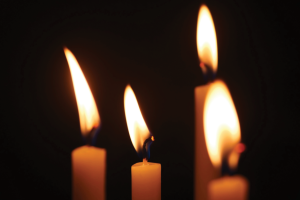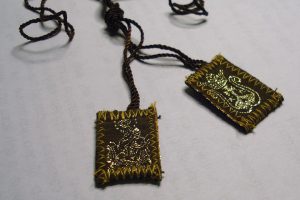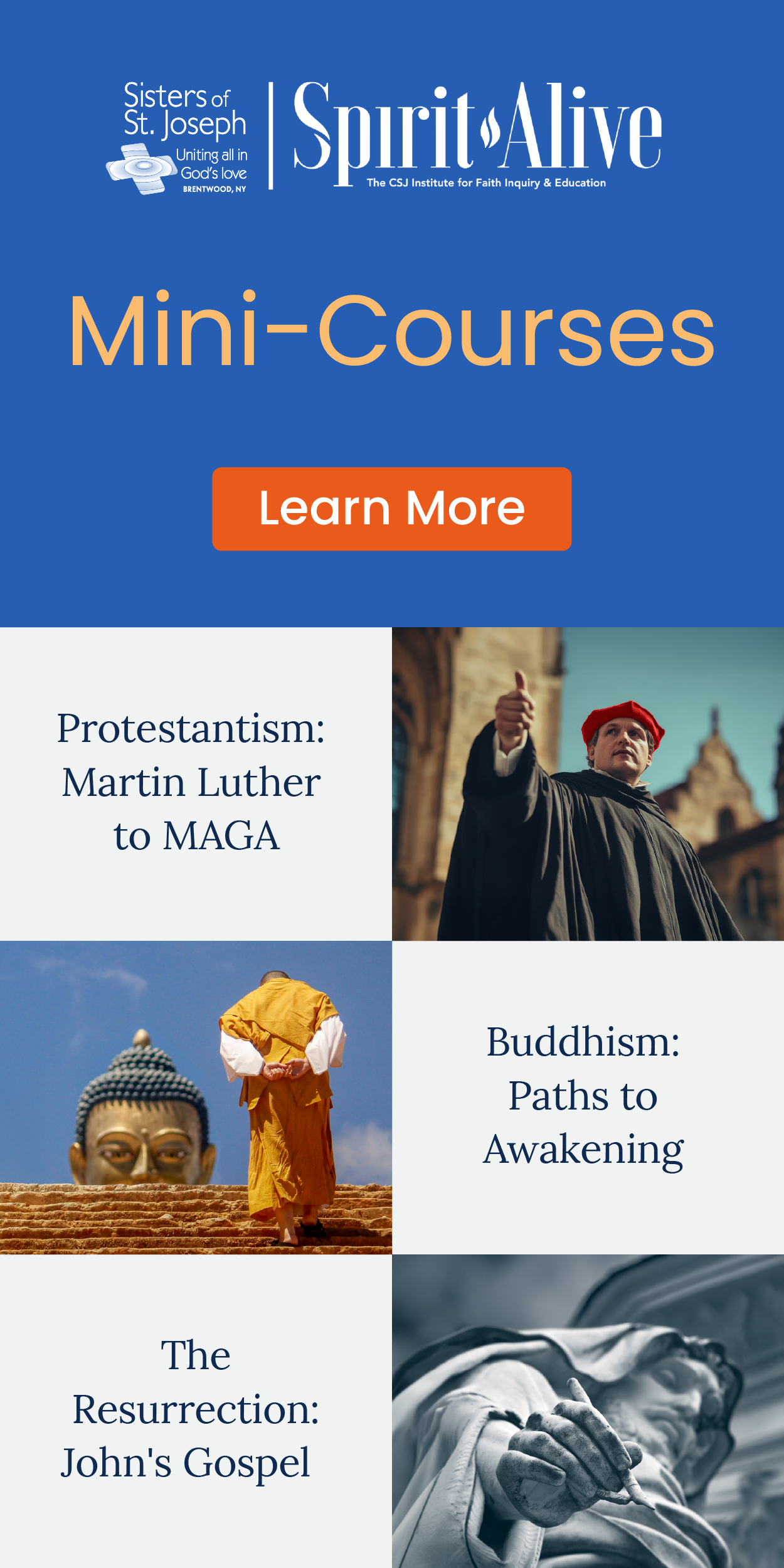The Voice of St. Jude, which was launched in 1935 and became U.S. Catholic in 1963, represented a new voice in the world of Catholic publishing because of its Chicago outlook and its willingness to embrace the laity as collaborative publication partners. Originally established to promote the St. Jude devotion and the Claretian order, whose founder, St. Anthony Mary Claret, was known as the “the modern apostle of the press,” the missionaries quickly realized that the church was more than novena services.
Staffing Chicago’s poorest parishes, the Claretians shared in the hardships suffered by their parishioners, the incoming Mexican immigrant community. Due to their small number and reliance on the laity, it was not surprising that the Voice of St. Jude editors recognized their obligation to apply the Catholic Action principles of “observe, judge, and act” upon the events that occurred in the United States.
Catholic programs implemented in Chicago beginning early in the 20th century articulated a new vision for the church and foreshadowed ecclesiastical reform initiated by the Second Vatican Council. Chicago became a center for social action, and from its first issue, the Chicago-based Voice of St. Jude focused on Catholic social action in the United States, a course not followed by other magazines published by religious orders at the time, which tended to avoid America’s domestic issues.
The Voice of St. Jude, reflecting a Chicago Catholic worldview, sought to educate the laity, thematically addressing the major problems of society. It covered issues of race, labor unions, urban issues such as housing, and communism and world peace, applying Catholic social teaching to the issues of the day. When Chicago experienced a series of riots over integration of public housing projects and local neighborhoods in the late 1940s and early 1950s, for example, the editors used the events to share the church’s teaching on race.
In 1949 Robert E. Burns, who would later direct the course of the Voice of St. Jude and U.S. Catholic until his retirement in 1984, joined the staff. Like other contributors to the journal, Burns was a product of Chicago Catholicism, getting his start at the downtown headquarters of Bishop Bernard Sheil’s Catholic Youth Organization and later directing the Sheil School of Social Studies. The CYO program became a magnet for those interested in developing Catholic progressive ideas.
Bishop Sheil wanted the church to be immersed in the problems of “race relations, labor organization, postwar reconstruction, liturgical reform, adult education, and the changing face of urban life.” With the Burns connection, the Voice of St Jude sought out local contributors to publish articles in the journal. Burns hired Chicagoan James O’Gara, who later became editor of Commonweal, and Donald Thorman, later publisher of the National Catholic Reporter, as editors of the Voice of St. Jude.
Robert E. Burns reflected on his 45 years of service to the church of Chicago in 1985:
During the 1950s and ’60s, Chicago was the seedbed of many new and imaginative Catholic movements, some of which were native and some of which had their origins in Europe but found a rich and fertile ground in Chicago.
And just as Chicago developed and exported its own style of jazz music (and indeed its own style of pizza), the city developed and exported its own style of Catholic apostolicity. . . . Some of the characteristics of this unique apostolicity are accidental, but essential to it is importance of lay involvement. In a wide variety of ways, Catholic lay women and men have brought their gifts of intelligence, experience, and leadership ability to the kinds of apostolates that grew and flourished in Chicago.
This article appeared in the August 2010 issue of U.S. Catholic (Vol. 75, No. 8, page 21).













Add comment